It is always fulfilling when you harvest a deer, but it can be quite tasking trying to preserve the meat. What happens from the hunting field to your freezer? For how long is venison good for consumption and kept in the freezer? Can it be safely refrozen?
This guide is a step-by-step guide on how to deal with your deer meat as well as how to store it for the best. We will discuss field care, freezing procedures, thawing, and identification of spoilage.
How To Handle Deer Meat In Hunting Fields?
The main aspects that determine the fitness of venison lie in the processing soon after the killing moment. Because bacteria tend to grow in warm temperatures, one needs to act fast to prevent the further spread of bacteria.
The first crucial process includes the process called field dressing which involves the removal of internal organs. This slows down spoiling and enables better cooling.
Ideally, field dress the deer as soon as possible to have the best outcome. Always put on gloves and be careful when handling the carcass to avoid contact with impurities. If the temperatures are high, ice or cold packs should be used to hasten the rate of cooling. This is because the rate at which bacteria develop also reduces, the earlier the carcass can cool down.
During deer meat transportation:
- Cover the carcass: To avoid the meat from being contaminated by dirt, insects, or other such materials, cover the meat with a clean piece of cloth or a tarp.
- Quick transport: Transport the deer to the base camp or home as soon as possible. Ideally, the less time it spends in warm temperatures, the better.
How Much Freezer Space For a Deer?
The amount of freezer space needed for venison depends on several factors:
Deer size: A larger deer will yield more meat.
Desired cuts: Ground meat takes up less space than steaks or roasts.
Other freezer contents: Consider the space already occupied by other items.
A general guideline:
- Small deer: A 5 cubic foot freezer might suffice.
- Average deer: A 7 cubic foot freezer is more practical.
- Large deer: A 10 cubic foot or larger freezer is recommended.
The amount of meat you can bring home depends on several factors, including:
- Deer size: A larger deer will yield more meat.
- Bone-in or boneless: Boneless meat takes up less space.
- Trimming: Removing excess fat and connective tissue reduces weight.
Generally, you can expect to bring home around 50-60% of the deer’s live weight in usable meat.
Popular cuts to bring home include:
- Backstrap
- Loin
- Ribs
- Shoulder
- Ground meat
For field dressing a deer, we recommend trying out the Kalkal hunting knife set that contains 4 different knives and sow, allowing you to quickly skin and cut the deer meat.

How Long Does Venison Keep In the Freezer?
While you can store some smaller cuts in the refrigerator for a short time, the freezer is ideal for long-term storage.
Refrigerator Storage
It is important to note that venison should not be stored in the refrigerator section for more than 3 to 5 days. After this time it becomes very probable that bacteria will start growing in the food/uncover new food pathogens.
Before putting deer meat in the refrigerator, you should:
Properly cool the meat: Always try to let the meat cool down as much as possible before storing it in the refrigerator. This goes a long way in protecting the temperature variation that fosters bacterial contentions.
Cut and package: Perhaps it may be advisable to chop the meat into smaller pieces and then wrap it in smaller airtight containers or put it in small freezer bags. That way it is easy to organize and have ready for use at one point in time.
Freezer Storage
For long-term storage of venison, freezing is considered the most effective method compared to other available storage options. The duration varies for different parts of deer meat:
- Ground deer meat: 3-4 months
- Deer steaks or chops: 6-12 months
- Whole deer cuts (roasts, ribs, etc.): 8-12 months
- Venison sausage or jerky: 2-3 months
Here is how to freeze your deer meat and make it last longer.
- Vacuum sealing: This is the preferred method as it gets rid of air and this reduces cases of freezer burn and oxidation.
- Airtight containers: If vacuum sealing is not possible, then use thick polyethylene bags or containers that can effectively freeze foods. Try to get as much of the air out as you can.
- Labeling: Make sure you label the packages depending on the kind of meat or the date that the meat was packaged.
For best taste and food safety, it’s generally recommended that frozen venison should be eaten after 6-9 months.
However, it is safe to eat deer meat for up to one year after it has been processed but the quality dims.
People also eat deer meat beyond a year. Even though is completely fine to eat deer meat frozen for such long periods, the texture and quality of the meat extracted will be greatly affected.
How Long Is Vacuum Sealed Deer Meat Good For?
Vacuum sealing is an excellent method for preserving deer meat. Removing oxygen significantly slows down the growth of bacteria and oxidation.
Vacuum-sealed venison can maintain excellent quality for up to 2 years when stored in a freezer.
It can be safely consumed for up to 3 years, but the quality may decline.
Vacuum Sealing vs. Direct Freezing
Vacuum sealing offers several advantages over direct freezing as follows:
- Prevents freezer burn: Freezer burn occurs when moisture escapes from the meat, resulting in a dry, tough texture. Vacuum sealing minimizes this.
- Reduces oxidation: Oxygen can cause the meat to develop an off-flavor. Vacuum sealing creates an oxygen-free environment, preserving flavor.
- Longer shelf life: As mentioned earlier, vacuum-sealed meat generally lasts longer than meat that is directly frozen.
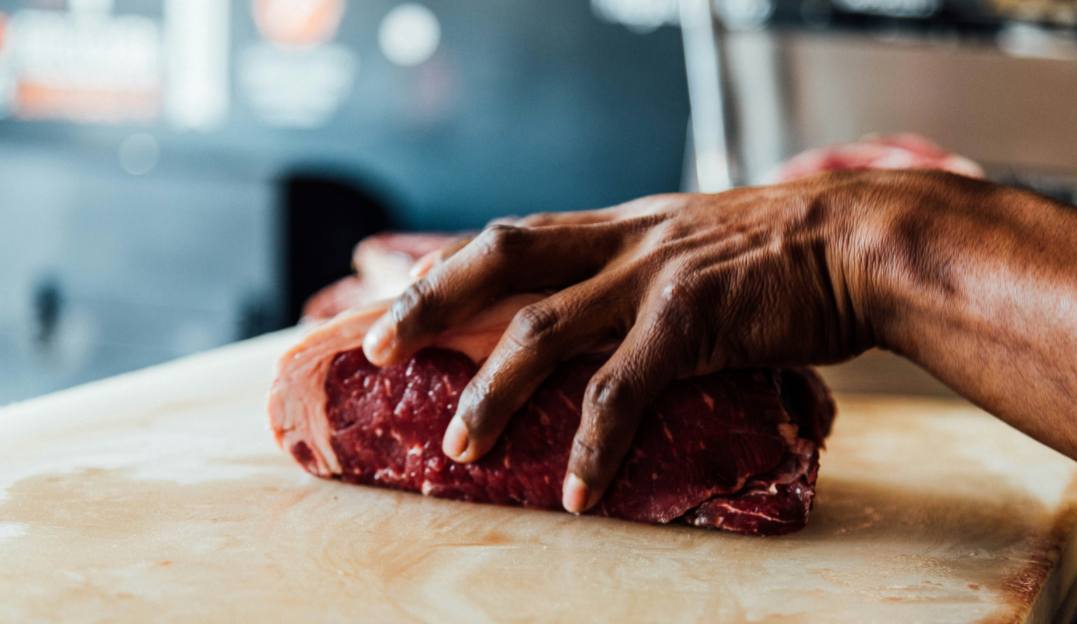
How Long Is Smoked Deer Meat Good For?
When properly smoked the deer meat can be preserved for several months. The key factors affecting its shelf life are:
- Smoking process: The meat should be smoked till its internal temperature is low enough to kill bacteria.
- Cooling: Smoking should be followed by cooling the meat at a relatively fast rate.
- Storage: Keep it in a cool, dry location, preferably in an airtight jar or in a sealed plastic bag.
Under proper storage, smoked deer meat can last for about 2-3 months. But, it may lose its taste after a while and its nutritional value may reduce.
Deer Jerky
Another important benefit of deer jerky is the fact that it is very dry and thus has a shelf life that is longer than any other food. However, if dried and stored well, it can last from several months to one year or even more.
The jerky should become leathery to the touch, and its moisture content should be considerably reduced.It is best to store in an airtight container or vacuum-sealed bag in a cool, dry environment.
Typically, well-prepared deer jerky can last about half a year to one year or even more. But like any dry food product, it can become stale when kept for long periods.
Can You Thaw And Refreeze Deer Meat?
Most people find it inadvisable to thaw and refreeze deer meat. It is safe, but this means that the quality of the meat will reduce greatly in quality.
Every time the meat is exposed to the freezing and defrosting process, the sharp ice structure degrades muscle tissue, making it less juicy.
For the best quality, use all thawed meat at once or if it is frozen in larger portions, only defrost that portion intended to be used.
How To Tell If Frozen Deer Meat Is Bad?
When it comes to evaluating the safety of deer meat that has been frozen, your senses are all that you need.
Smell: Fresh venison has a repulsive odor which is not entirely bad. It is advisable to avoid consuming food that has an odd smell, such as a sour smell, rancid smell, or other bad smells.
Appearance: Frozen meat should be hard in texture and have to be colored reddish brown. If it is gray, slimy, or if it has some unusual color then it is most probably spoiled. The white dry patches that you see on the meat are known as freezer burn, it is not dangerous to eat but changes the texture and taste of the meat.
Texture: The fresh deer meat should not have a spongy feel to it. If it feels soft to the touch, or slimy or gooey in texture, then it is probably not good.
How To Thaw Deer Meat?
There are three main methods for thawing deer meat:
Refrigerator Thawing
Take the deer meat out of the freezer section and put it to the refrigerator section. It is the safest method to unfrozen deer meat. This method prevents bacterial growth.
Place the meat on a plate or in a bowl in the refrigerator to catch any drips, and allow approximately 24 hours for every 5 pounds of meat.
Cold Water Thawing
This way is faster than refrigeration and it is very useful when time is limited.
Place the meat in a leak-proof bag and submerge it in cold water. Change the water every 30 minutes. By this way, you should cook the meat immediately.
Microwave Thawing
It is ideal for small portions. Notice that meat thawed in the microwave should be cooked immediately. Uneven thawing can occur, leading to cold spots.
To maintain freshness after thawing, it is recommended to do the following:
- Refrigerate: If not cooking immediately, refrigerate thawed meat for up to 2-3 days.
- Marinating: Marinating can help tenderize the meat and add flavor. However, marinate in the refrigerator to prevent bacterial growth.
Conclusion
It is important to store deer meat properly to savor its juicy taste. How long does venison keep in the freezer depends on many factors. It begins with field dressing and extends to freezing; each stage is very vital. Keep in mind the faster way of cooling is more important to avoid bacterial build-up.
Long-term storage remains best done through vacuum sealing. Always thaw meat properly and do not overlook signs of spoilage. By following these guidelines, you will be able to enjoy your venison for months to come.


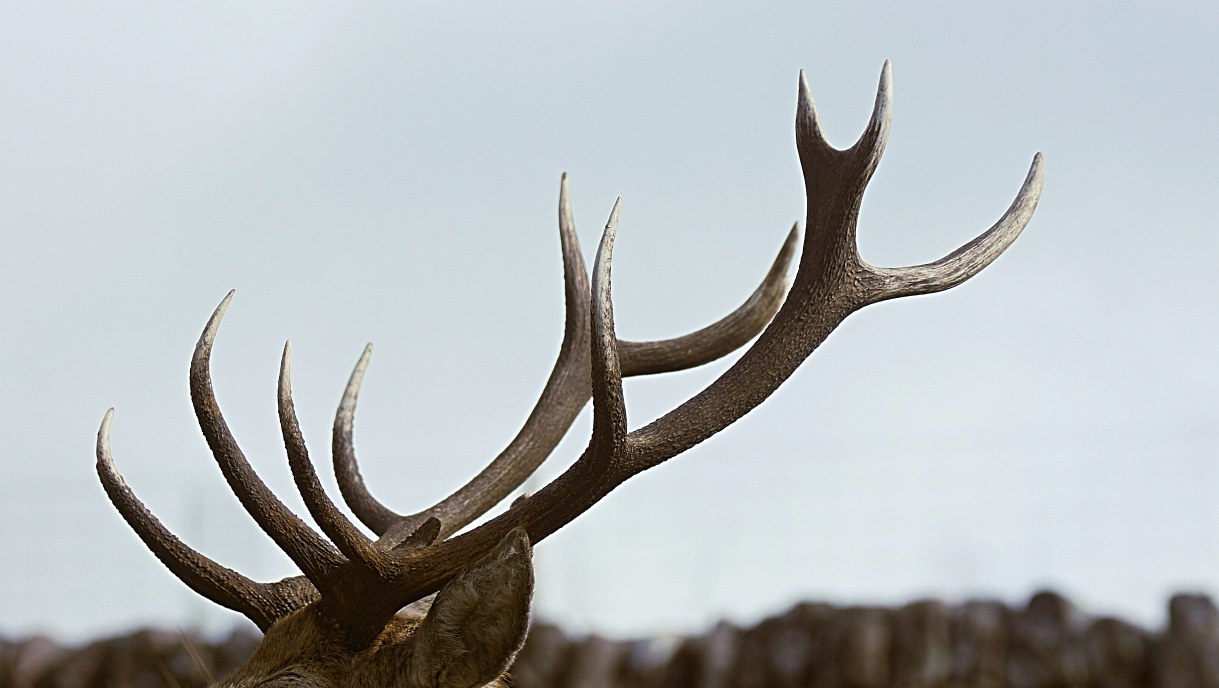

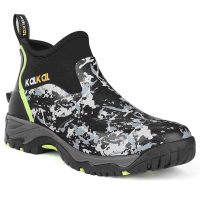









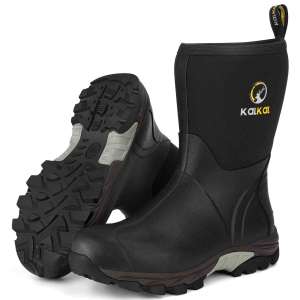
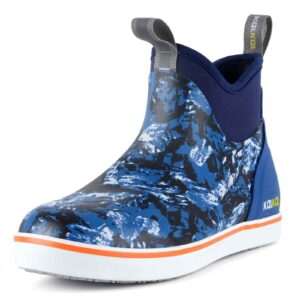



Leave a reply